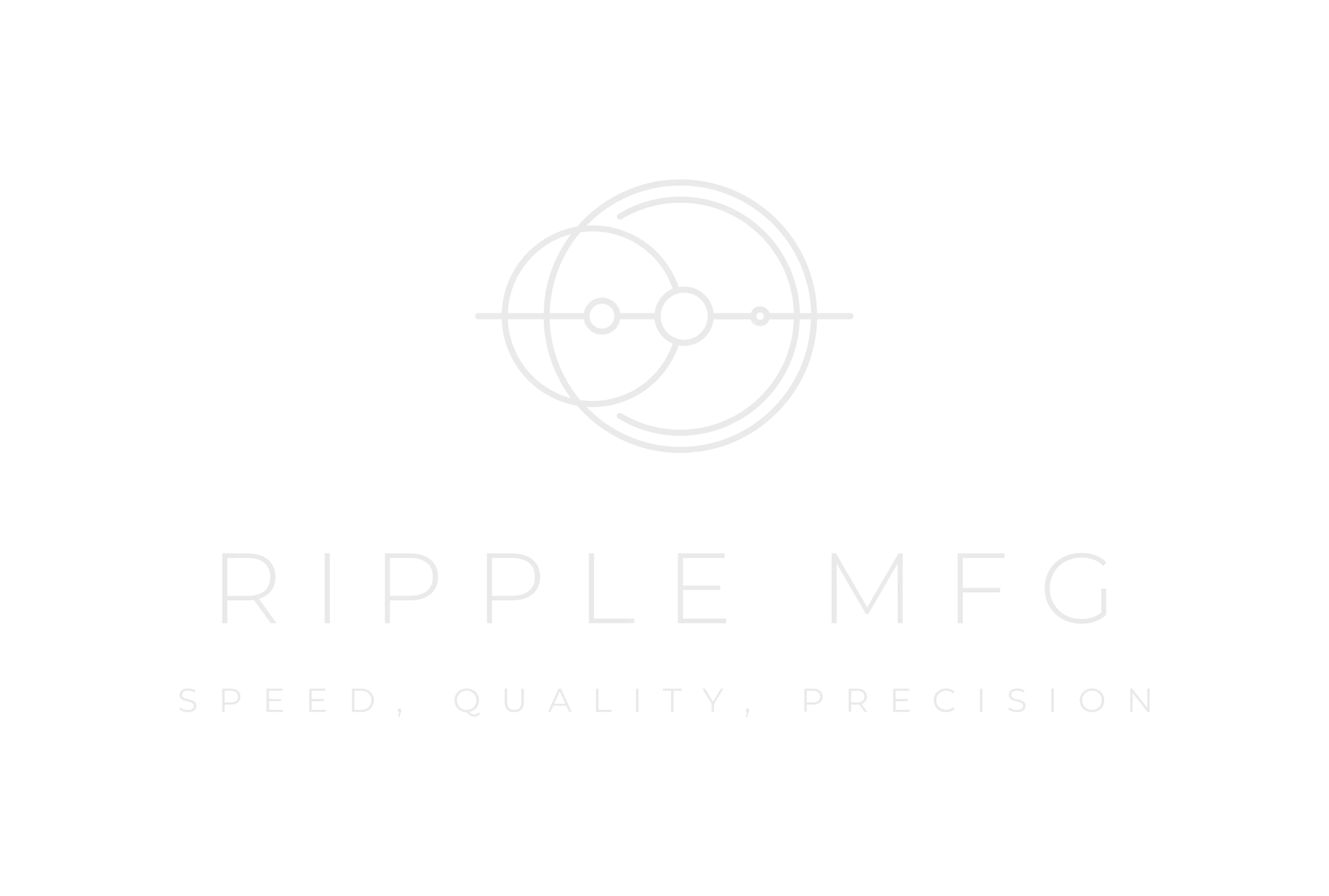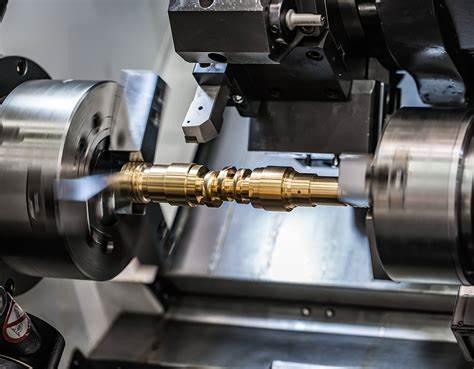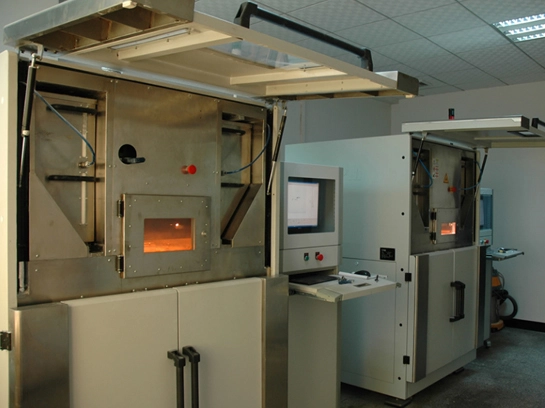Automotive rapid prototyping is an essential process used in the automotive industry to develop new vehicles and components. Prototyping allows designers and engineers to test and refine their ideas before moving on to mass production. It helps to identify and address any potential issues and ensure that the final product meets the required standards. Prototyping also allows manufacturers to showcase their designs to stakeholders, such as investors and customers, before investing in mass production.
Types of Automotive Rapid Prototyping
There are several types of custom prototyping used in the automotive industry, including physical, virtual, and digital prototyping.
Physical Prototyping
Physical prototyping involves creating physical models of the vehicle or component being designed. This is often done using materials such as clay or foam, which can be sculpted to create the desired shape. Physical prototypes are used to test the design's aesthetic and functional qualities, such as aerodynamics and ergonomics. They can also be used to test the vehicle's safety features, such as crash tests.
Virtual Prototyping
Virtual prototyping involves using computer-aided design (CAD) software to create a 3D model of the vehicle or component being designed. Virtual prototyping allows designers to test and refine the design before creating a physical prototype. This can save time and money by identifying any potential issues early in the design process. Virtual prototyping can also be used to simulate real-world conditions, such as driving on different road surfaces or in different weather conditions.
Digital Prototyping
Digital prototyping involves using computer simulations to test the vehicle or component's performance. This is often done using finite element analysis (FEA), which can simulate how the design will respond to different forces and stresses. Digital prototyping can also be used to test the vehicle's aerodynamics, fuel efficiency, and other performance metrics. Digital prototyping can help to identify potential issues before creating a physical prototype, which can save time and money.
Applications of Prototyping in Automotive Industry
Rapid prototyping automotive is used in a wide range of applications, from developing new vehicles to designing individual components.
Vehicle Design
Prototyping is an essential part of the vehicle design process, allowing designers to create and refine the vehicle's aesthetics and functionality. Physical prototyping is often used to create scale models of the vehicle, which can be used to test the design's proportions and overall look. Virtual and digital prototyping can be used to test the vehicle's aerodynamics, fuel efficiency, and other performance metrics.
Component Design
Prototyping is also used in the design of individual components, such as engines, transmissions, and suspension systems. Physical prototyping can be used to test the fit and function of the component, while virtual and digital prototyping can be used to test the component's performance under different conditions.
Manufacturing
Prototyping is also used in the manufacturing process, allowing prototyping manufacturers to test and refine their production processes before mass production. This can help to identify any potential issues with the production process and ensure that the final product meets the required standards.
Prototyping is an essential process used in the automotive industry to develop new vehicles and components. Physical, virtual, and digital prototyping are all used to test and refine designs, identify potential issues, and ensure that the final product meets the required standards. Automotive rapid prototyping is used in a wide range of applications, from vehicle design to component design and manufacturing.
- Beyond 3D Printing: Exploring Precision Prototyping MachiningOctober 27, 2023The world of manufacturing and rapid prototyping has seen significant advancements in recent years. While 3D printing has gained immense popularity for creating prototypes and functional parts, there&...view
- Small Parts, Big Impact: Precision Prototyping Machining in Micro ManufacturingOctober 27, 2023In the realm of manufacturing, precision is the name of the game. Nowhere is this more evident than in micro manufacturing, where the creation of tiny, intricate components is crucial for a wide range...view
- Food for Thought: Custom Prototyping in Culinary InnovationNovember 23, 2023Culinary innovation is an ever-evolving field that constantly seeks to push boundaries and tantalize our taste buds with new and exciting flavors. With the rise of the food and beverage industry, chef...view
- Custom Prototype Manufacturing in ConstructionMarch 19, 2024In the construction industry, custom prototype manufacturing is a critical component to ensure a smooth project, and Ripple MFG stands out in the field of custom prototype manufacturing in const...view
- How Precision Tool Manufacturing Can Improve EfficiencyMarch 19, 2024In modern industrial manufacturing, precision tools play a vital role. With the intensification of market competition, improving the efficiency of precision tool manufacturing has become an urgent nee...view
- The Future of Manufacturing: Urethane Casting Services in a Dynamic IndustryJanuary 5, 2024In the ever-evolving landscape of manufacturing, where precision, flexibility, and speed are paramount, the future is being shaped by innovative technologies like urethane casting services. This dynam...view



_20250123.webp)
